Hurricane Michael brings new threat to Florida’s victims: toxic red tide
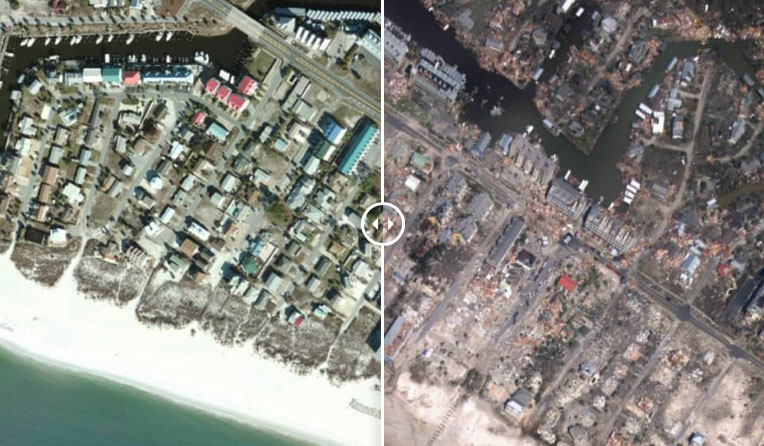
Biologists fear that the storm surge carried with it red tide toxins that can cause respiratory distress and flu-like symptoms.
Space junk?’ What is the ‘foamy’ mystery object that washed ashore on an SC beach?
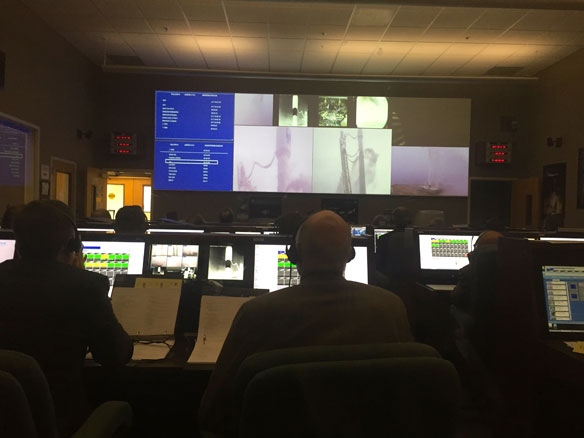
A mystery came out of the ocean on South Carolina’s Seabrook Island, and authorities haven’t yet identified what some are calling “space junk…”
Florida has a new water problem: red tide on the state’s busiest coast
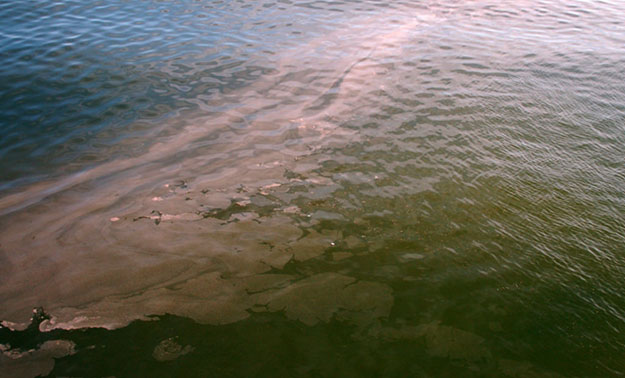
A red tide that has sloshed up and down the Gulf Coast for nearly a year, leaving a wake of dead sea life, murky water and stinky beaches, has now landed on the state’s most crowded shores in Miami-Dade County.
PCB pollution threatens to wipe out killer whales
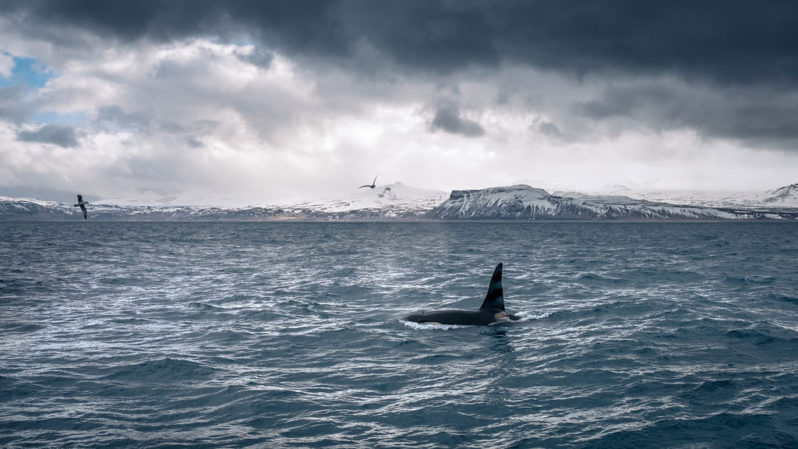
More than 40 years after the first initiatives were taken to ban the use of PCBs, the chemical pollutants remain a deadly threat to animals at the top of the food chain. A new study shows that the current concentrations of PCBs can lead to the disappearance of half of the world’s populations of killer whales from the most heavily contaminated areas within a period of just 30-50 years.
Microplastics found deep in sand where turtles nest
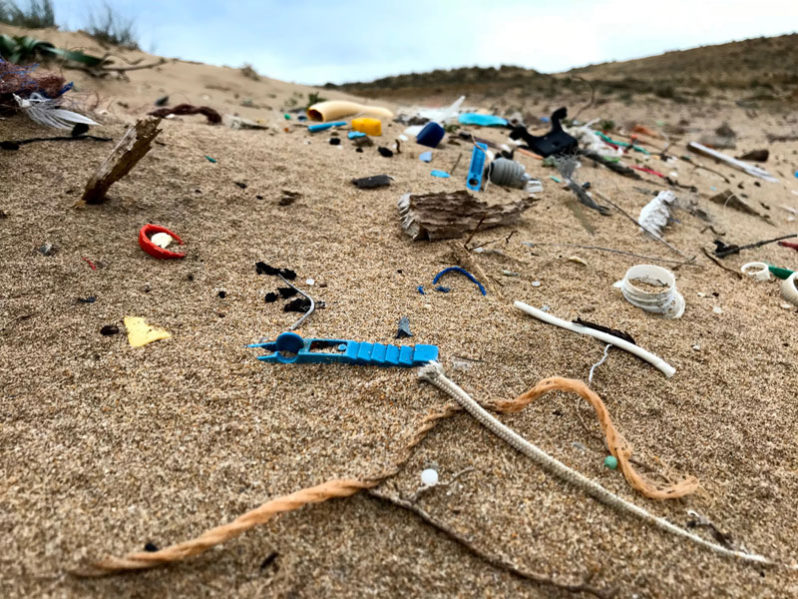
Scientists found an average of 5,300 particles of plastic per cubic metre at depths of 60cm (2ft) on beaches in Cyprus used by green turtles and loggerheads. These beaches in Cyprus are located far from industrial practices and aren’t visited by large numbers of people. The findings support the theory that beaches act as a “sink” for marine micro plastics.
More than ever, our clothes are made of plastic. Just washing them can pollute the oceans.
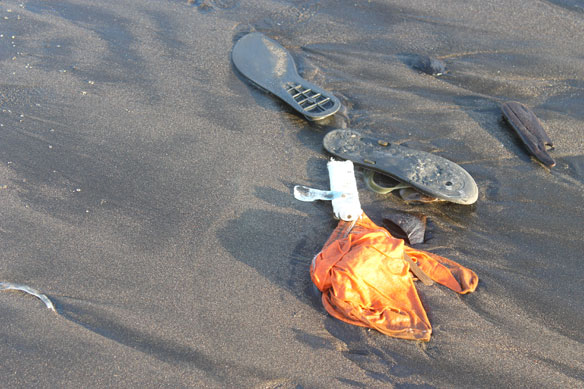
It’s no secret that too many of the plastic products we use end up in the ocean. But you might not be aware of one major source of that pollution: our clothes.
Satellite image shows Florence’s floodwaters polluting the Atlantic
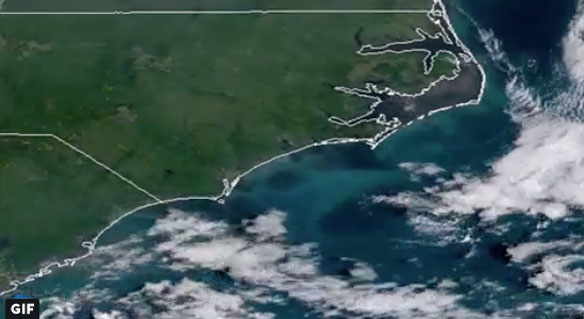
As the Carolinas’ swollen rivers crest, their “polluted floodwaters” are dumping out into the Atlantic, visibly discoloring the water offshore, federal experts have noted.
Micronizing ocean plastics threaten sea turtle populations, ocean life cycle
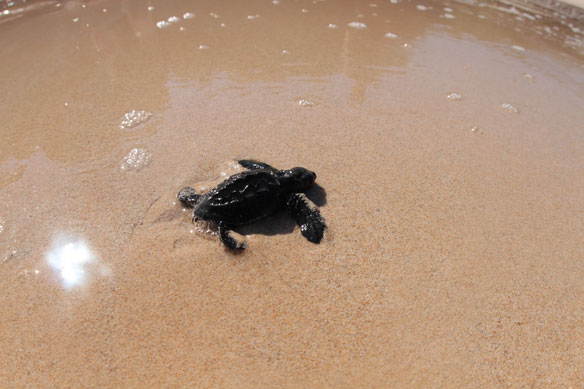
Ingestion of degrading ocean plastics likely poses a substantial risk to the survival of post-hatchling sea turtles because the particles can lead to blockages and nutritional deficiencies, according to new research.
In pictures: Millions mark World Cleanup Day 2018

Cleanups were organised in 152 countries around the world, with results from just 75 countries on Saturday night already confirming the participation of more than 14.5 million people. Full results of the day, including the amount of waste collected, were set to be released on Sunday.
